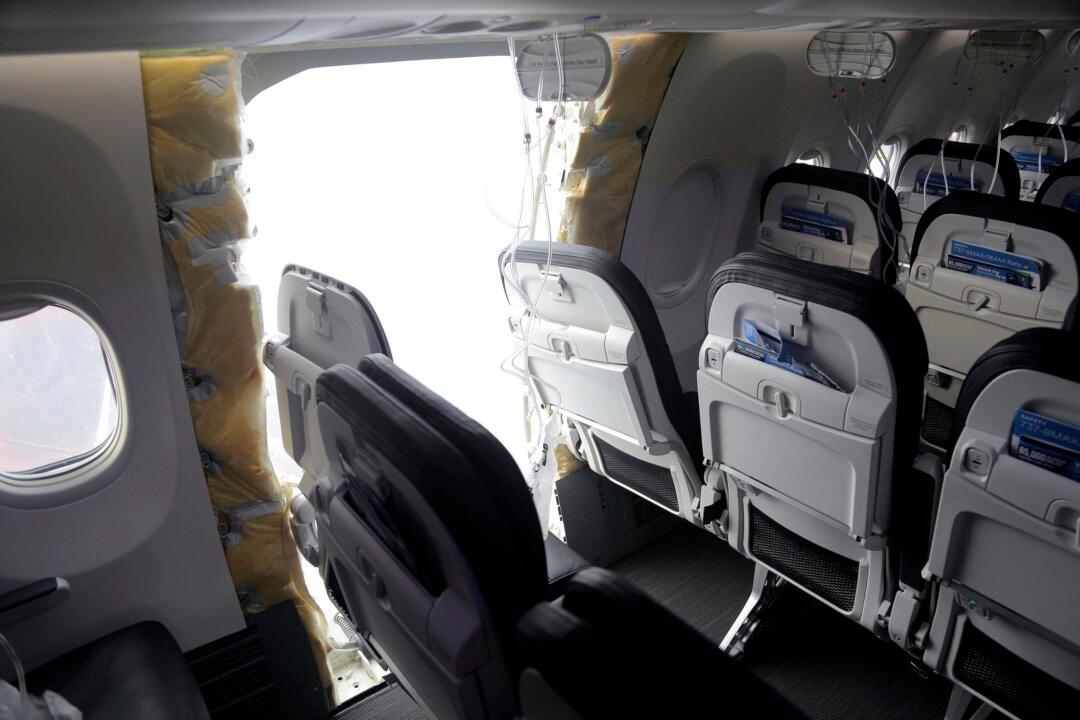The U.S. Department of Justice (DOJ) is investigating a mishap involving a Boeing plane that occurred in January.
On Jan. 5, an Alaska Airlines flight made an emergency landing after the door plug of the Boeing 737 Max 9 tore off while the aircraft was flying at 16,000 feet. Some passengers suffered injuries as a result. The airline confirmed that the DOJ is investigating the matter.





